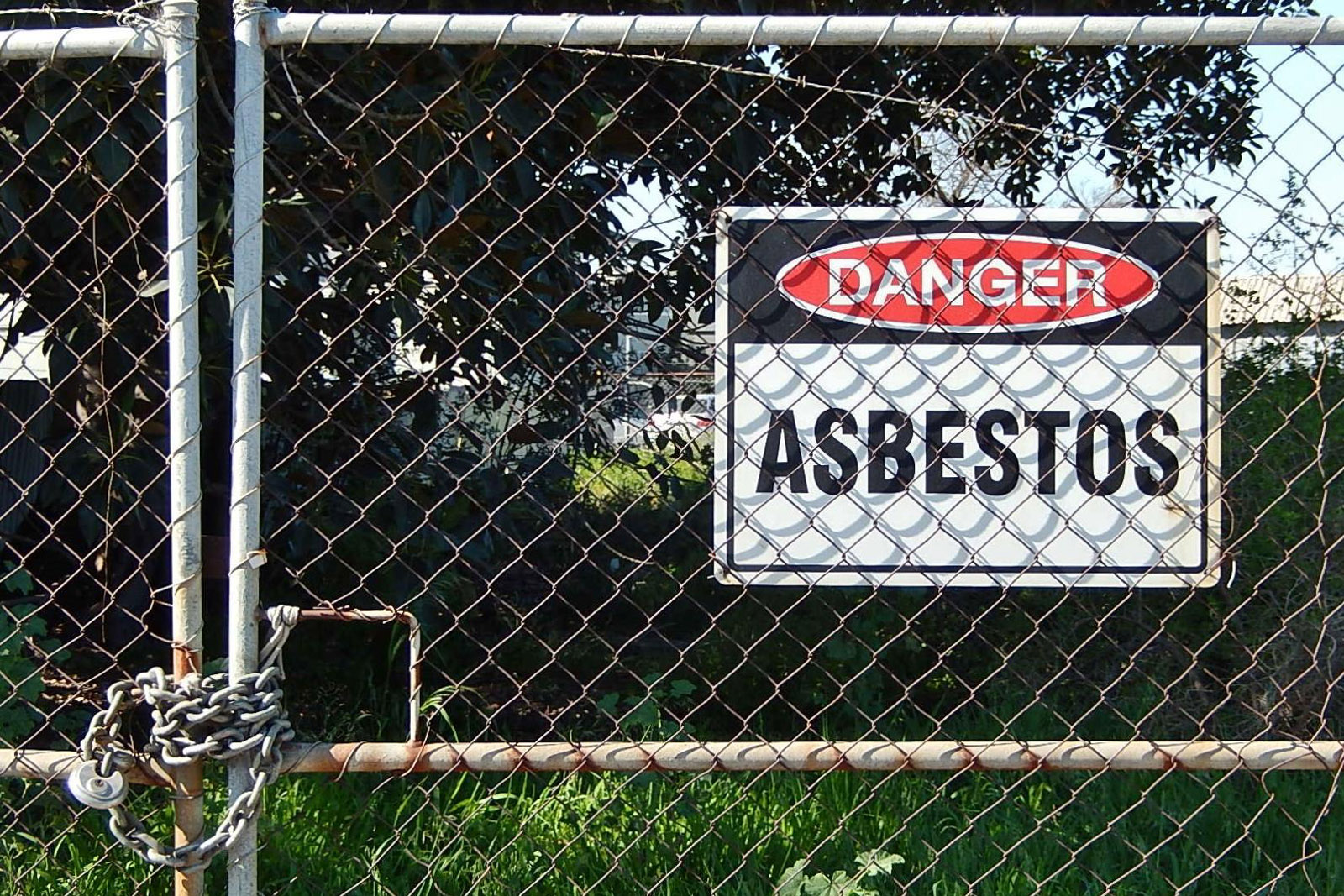The Environmental Protection Agency just put out a list of 10 “high priority” chemicals. These are the first chemicals the agency will review for risks to human health and the environment under a new law that Congress passed last summer.
The law is an overhaul of the nation’s chemical safety regulations—the Toxic Substances Control Act (TSCA)—which cover chemicals in all kinds of consumer products. (It doesn’t cover food, drugs, cosmetics or pesticides—those come under other regulations.)
“The old law put us in the position of, if we saw something that gave us concern, we could stop its entry into the market,” says Jim Jones, the assistant administrator with the EPA’s Office of Chemical Safety and Pollution Prevention. “It was somewhat of a defensive posture.”
Jones says the previous law was much weaker and it limited EPA’s authority to restrict chemicals that aren’t safe.
“The new law requires us to make an affirmative finding that it’s safe to go onto the market, which is a very different kind of finding,” Jones says.
LISTEN: EPA Gets New Powers to Ban Chemicals
Now, he says, EPA is conducting safety reviews of chemicals already on the market. These first 10 chemicals come from a list of 90 chemicals EPA considers a priority to study first.
“They were selected because of known hazards and known exposures associated with them,” he says.
Asbestos is on this list, and so is 1,4-dioxane—currently classified by the EPA as a likely human carcinogen. It’s the chemical that was recently found to be contaminating drinking water in Ann Arbor, Michigan, and Jones says this safety review could have an effect on the future of that cleanup.
“It certainly could influence it in the sense that the science that we’re going to develop to evaluate 1,4-dioxane would be completely relevant to a cleanup standard. It doesn’t create a cleanup standard per se, but it would certainly be relevant to it,” he says.
The state of Michigan recently issued an emergency rule to tighten the cleanup standard for 1,4-dioxane.
“The old law put us in the position of, if we saw something that gave us concern, we could stop its entry into the market. The new law requires us to make an affirmative finding that it’s safe to go onto the market, which is a very different kind of finding.”
The American Chemistry Council (ACC), which represents chemical manufacturers, did not make anyone available for a taped interview for this story. But in an email statement, the ACC said that “it is important to note that a chemical’s inclusion in this first group of ten chemicals does not in and of itself indicate anything about the safety of the chemical. Its listing is simply an acknowledgment by the Agency that it plans to conduct risk evaluations on these ten chemicals before others.”
Rebecca Meuninck, deputy director of the Ecology Center in Ann Arbor, says the updated chemical safety law gives EPA more power to regulate chemicals that are shown to cause harm.
“For example, in the ’90s, there were attempts to ban asbestos, which is a known human carcinogen [and] causes mesothelioma and asbestosis,” she says. “But EPA couldn’t ban all uses of asbestos under [the] previous TSCA. Now, they are looking at asbestos again, and we are hopeful that they can really slam the door on this nasty chemical and get it out of commerce.”
Meuninck says the new law makes it easier for the EPA to do risk assessments on chemicals.
“There’s no cost-benefit analysis, I guess is the best way to explain it. So [if] the hazard is high enough, the risk is high enough after the risk assessment for a chemical like asbestos, they can ban it. Whereas that was not possible previously,” she says.
And that’s a huge change.
“It puts health in the forefront, and not the economic question, in terms of regulating chemicals,” Meuninck says.
###
This story comes from our partners at Michigan Radio's Environment Report, a program exploring the relationship between the natural world and the everyday lives of people in Michigan.


